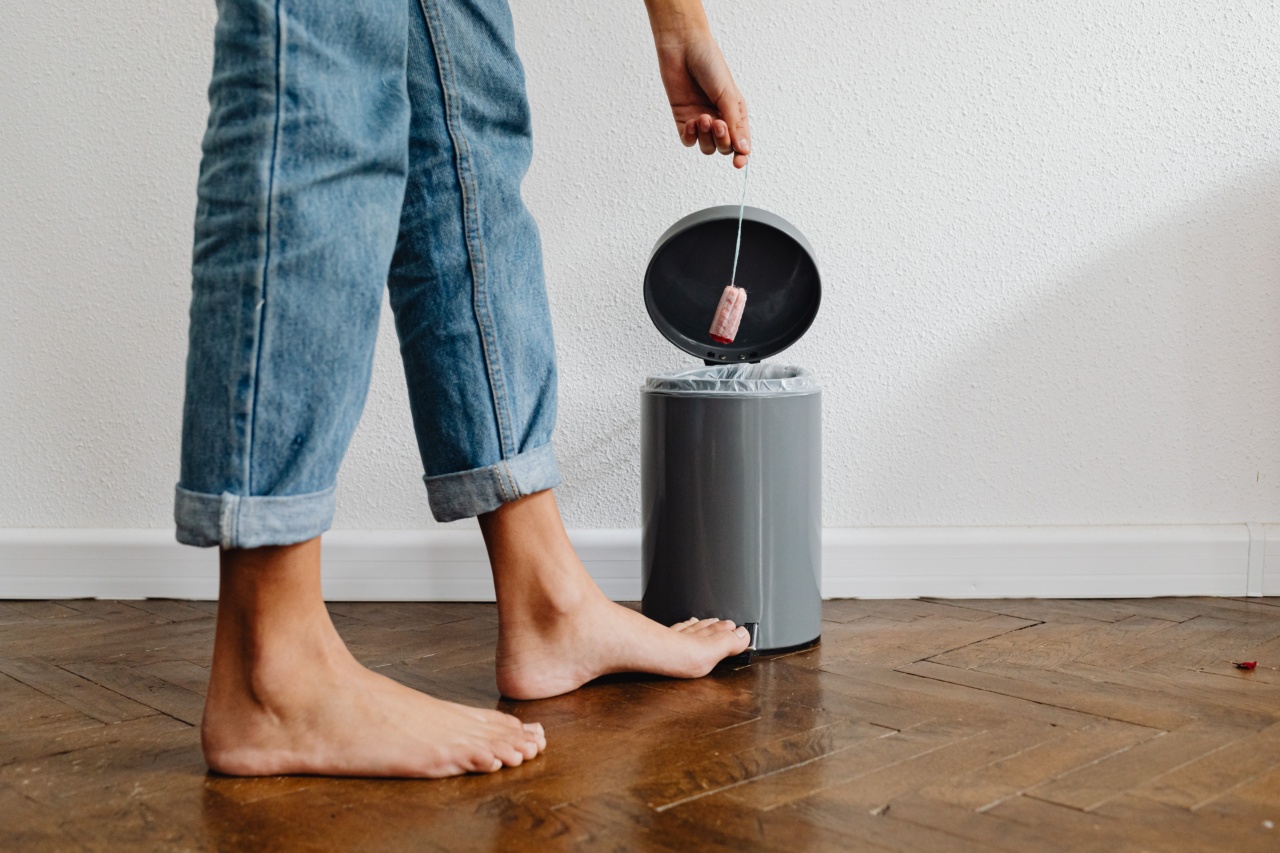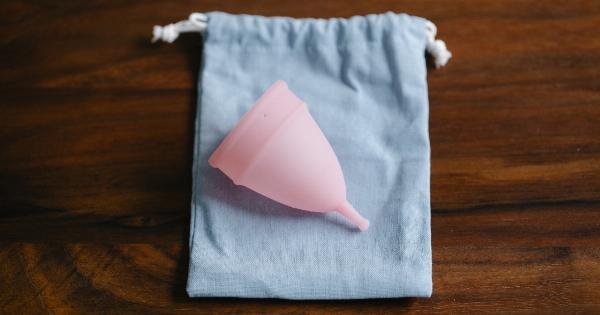For women who use tampons, one of the most important questions is how long they can leave in the tampon before changing it.
The answer to this question varies and depends on several factors, such as the woman’s menstrual flow, the tampon’s absorbency, and the woman’s comfort level. Here is a look at what you need to know about how long a tampon can be worn.
Factors that determine how long you can wear a tampon
The length of time a woman can wear a tampon depends on several factors:.
- Menstrual flow: A woman with a heavy menstrual flow should change her tampon more frequently than a woman with a light flow.
- Irritation and discomfort: Women who experience any discomfort, pain, or itching when wearing tampons should change them right away.
- Tampon absorbency: Tampon absorbency levels vary, and women should always choose the right absorbency level to avoid leaks and discomfort.
- The woman’s age: Younger women tend to have lighter menstrual flows and can wear the tampon longer than older women with heavier flows.
- Purpose of the tampon: Depending on why you’re using the tampon, the length of time you can wear it may vary. For instance, if you’re using a tampon for swimming, you may need to change it more often because water can loosen the tampon.
How long can you wear a tampon?
If you’re wondering how long you can wear a tampon, the general guideline is that it’s safe to wear a tampon for up to 8 hours. However, this can vary depending on the factors mentioned earlier.
For example, if you have a light flow and are using a regular tampon, you may be able to wear it for up to 8 hours without any issues.
However, if you have a heavy flow and are using a super absorbent tampon, it may only be safe to wear it for a few hours before changing it.
It’s important to note that leaving a tampon in for too long can cause some serious health problems such as Toxic Shock Syndrome (TSS). TSS is a bacterial infection that affects the entire body, and it can be severe or even life-threatening.
Signs that you need to change your tampon
It’s essential to change your tampon regularly to avoid TSS and other health issues. Here are some signs that you need to change your tampon:.
- Visible blood on your clothes or on the tampon string
- Leakage
- A foul odor
- Discomfort or pain in the vaginal area
- Signs of TSS such as sudden fever, rash or vomiting
Can you wear a tampon overnight?
Many women wonder if it’s safe to wear a tampon overnight. The answer is that it depends on several factors, such as the woman’s menstrual flow and the tampon’s absorbency.
If you have a light flow and are using a regular tampon, it may be safe to wear it overnight. However, if you have a heavy flow, it’s best to avoid wearing tampons for more than six hours at a stretch, including overnight.
When you’re sleeping, it’s easy to forget to change your tampon or to sleep through the night without realizing that you need to replace your tampon.
The safest option for overnight protection is to use a menstrual cup, which can be worn for up to 12 hours without having to be changed.
What are the risks of wearing a tampon for too long?
Wearing a tampon for too long can increase your risk of TSS.
The bacteria that cause TSS can grow quickly in the moist environment of the vagina, and they can enter your bloodstream through small cuts or breaks in your skin, such as those caused by tampon insertion.
The symptoms of TSS appear suddenly and can include:.
- Fever
- Vomiting
- Diarrhea
- Dizziness
- A rash resembling sunburn, particularly on your palms and soles
If you experience any of these symptoms after wearing a tampon for an extended period, remove the tampon immediately and seek medical attention.
Conclusion
How long you can wear a tampon depends on several factors, including your menstrual flow, the tampon’s absorbency, and your comfort level, but it’s generally safe to wear a tampon for up to 8 hours.
If you experience any discomfort, itching, or pain, replace your tampon right away, and never wear a tampon for more than eight hours to avoid the risk of TSS and other health issues.



























